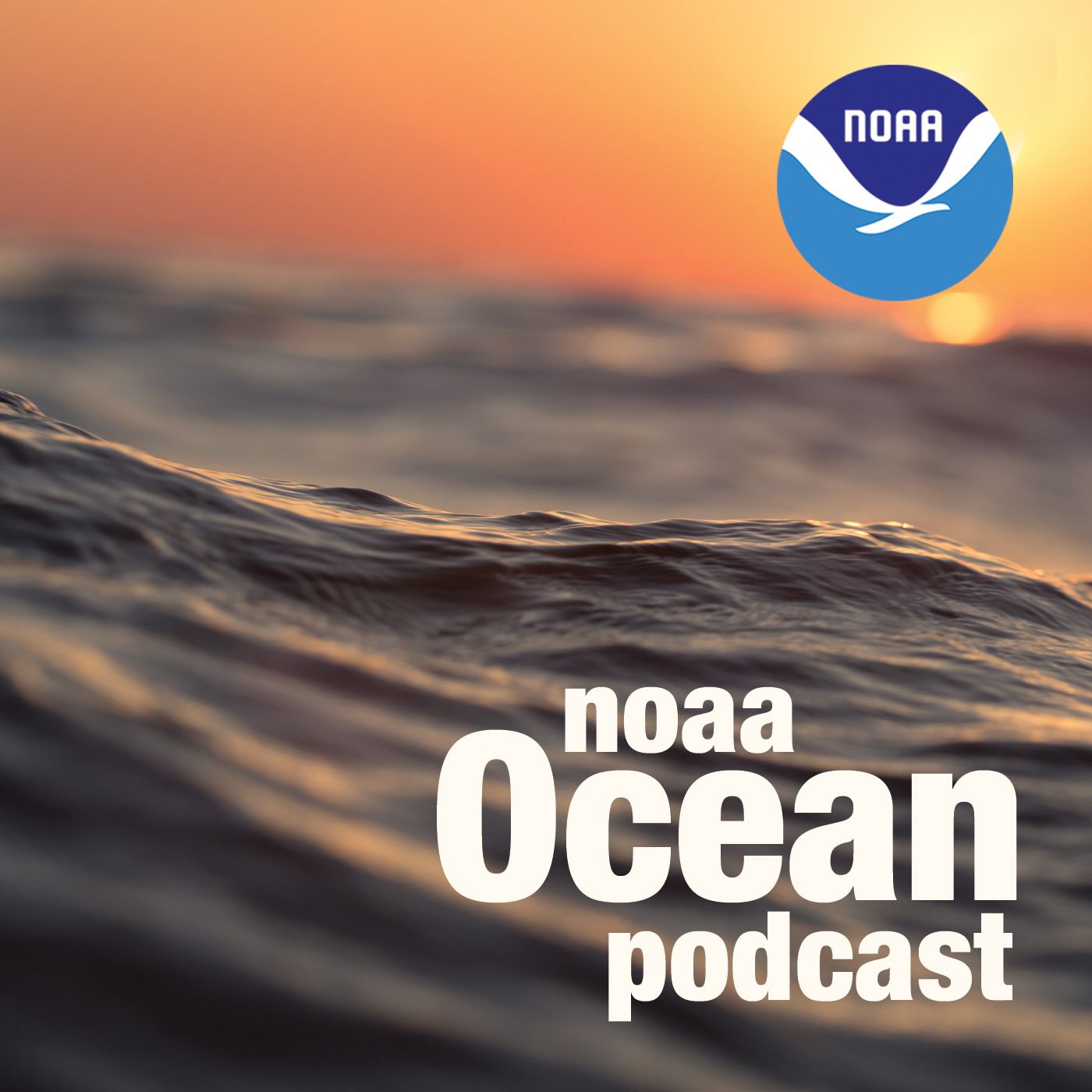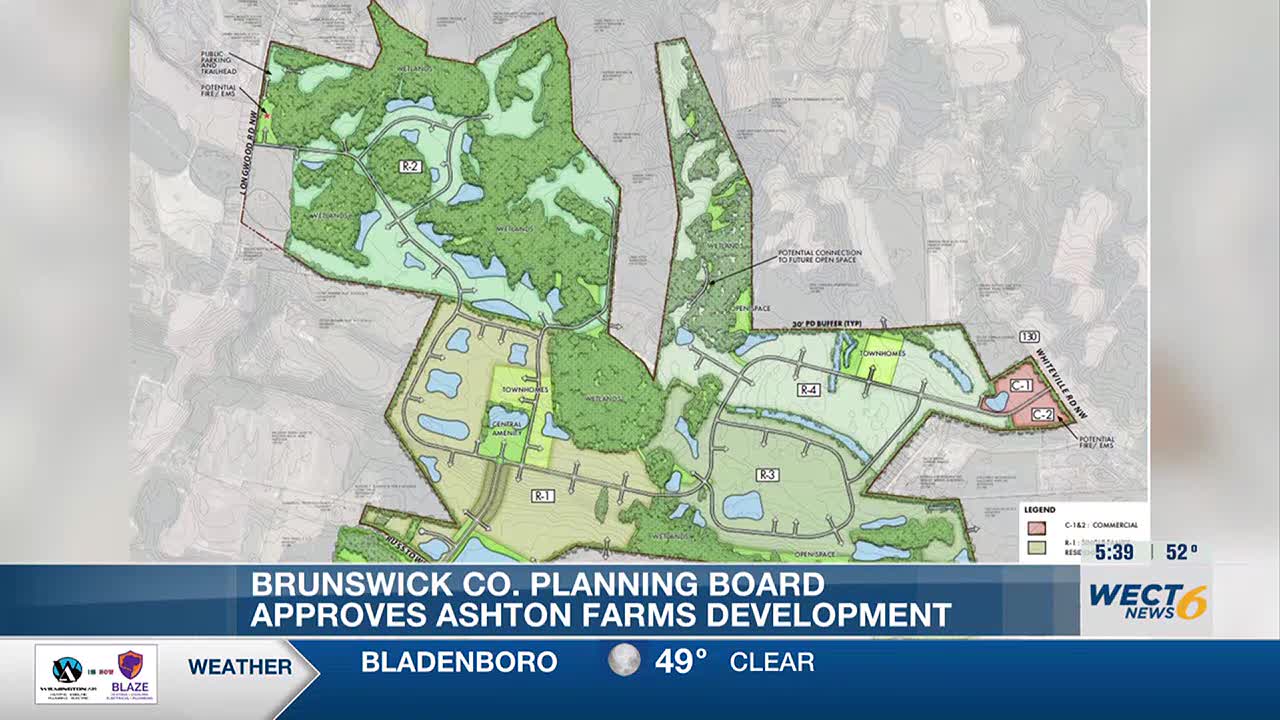Report on Cyanobacteria Blooms in Massachusetts and Implications for Sustainable Development Goals
This report details the recent proliferation of harmful cyanobacteria blooms across various water bodies in Massachusetts. These events represent a significant challenge to public health, environmental stability, and the achievement of several key United Nations Sustainable Development Goals (SDGs).
Threats to Public Health and Well-being: A Challenge to SDG 3
The widespread nature of these algal blooms poses a direct threat to human and animal health, undermining progress toward SDG 3: Good Health and Well-being. Health officials have issued advisories warning that contact with or ingestion of contaminated water can lead to severe health complications.
Reported Health Risks
- Dermal and Gastrointestinal Issues: Direct contact with the algae can cause skin irritation, while ingestion leads to gastrointestinal distress.
- Respiratory Complications: Inhalation of water spray containing cyanotoxins may trigger asthma-like symptoms.
- Animal Safety: The toxins are particularly dangerous for pets, with specific warnings issued to keep dogs away from contaminated shorelines.
The issuance of public health warnings and the closure of recreational waters in towns like Plymouth and Brookline highlight the immediate need for measures that safeguard community health, a core tenet of SDG 3.
Degradation of Water Ecosystems: Contravening SDG 6 and SDG 14
The fundamental cause of these blooms—excess nutrient loading from runoff, exacerbated by warm weather—points to a critical failure in managing water resources, directly impacting SDG 6: Clean Water and Sanitation and SDG 14: Life Below Water.
Environmental Drivers and Impacts
- Nutrient Pollution: The rapid multiplication of cyanobacteria is fueled by excess nutrients in the water, a form of pollution that SDG 6 aims to eliminate.
- Ecosystem Health: These blooms degrade water quality, making it appear as “pea soup” and creating anoxic conditions harmful to aquatic life, thereby threatening local biodiversity and the stability of freshwater ecosystems protected under SDG 6 and SDG 14.
- Case Example – Charles River: The recurrence of a major bloom in the Charles River for the first time in four years signifies a setback in efforts to restore and protect vital urban waterways.
Impact on Sustainable Communities: A Setback for SDG 11
The contamination of public ponds and reservoirs directly affects the quality of life in local communities, presenting a challenge to SDG 11: Sustainable Cities and Communities, which seeks to provide universal access to safe, inclusive, and accessible green and public spaces.
Community Impact Analysis
- Loss of Recreational Areas: The closure of ponds in Plymouth and the Brookline Reservoir removes valuable spaces for swimming, fishing, and public enjoyment.
- Economic and Social Consequences: Restrictions on popular areas like the Charles River and local lakes impact community well-being and local economies reliant on recreation.
- Public Safety Measures: The necessity for towns to post warning signs, ban activities, and issue public alerts demonstrates a disruption to the safe functioning of community infrastructure.
Official List of Affected Water Bodies as of August 6
The following is a comprehensive list of water bodies in Massachusetts currently under advisory for harmful cyanobacterial blooms. This data underscores the scale of the environmental challenge and its widespread impact on communities across the state.
State-Issued Advisories
- Lake Holland, Belchertown
- Chestnut Hill Reservoir, Boston
- Charles River–Downstream of Massachusetts Ave (the Harvard Bridge), Boston/Cambridge
- Quaboag Pond, Brookfield/East Brookfield
- Brookline Reservoir, Brookline
- Freeman Lake, Chelmsford
- Heart Pond, Chelmsford
- Rubber Thread Pond, Easthampton
- Seymour Pond, Harwich/Brewster
- West Reservoir, Harwich
- Schoolhouse Pond, Hyannis
- Long Pond, Marstons Mills
- Santuit Pond, Mashpee
- Clarks Cove, Nantucket
- Capaum Pond, Nantucket
- Hummock Pond, Nantucket
- Lake Cochituate-South Pond, Natick
- Crystal Lake, Newton
- Carbuncle Pond, Oxford
- Clear Pond, Plymouth
- Big Sandy Pond, Plymouth
- Billington Sea, Plymouth
- Great Herring Pond, Plymouth
- Little Herring Pond, Plymouth
- Russell Mill Pond, Plymouth
- Bass Pond, Springfield
- Lake Quannapowitt, Wakefield
- Hardy Pond, Waltham
- Glen Charlie Pond, Wareham
- Pequot Pond/Hampton Ponds, Westfield
- Blackstone Canal, Uxbridge
Which SDGs are addressed or connected to the issues highlighted in the article?
-
SDG 3: Good Health and Well-being
The article directly connects the algae blooms to public health risks. It states that health officials are warning the public because the blooms “can make people and dogs ‘very sick.'” It further specifies that the toxins released can cause “skin irritation or gastrointestinal problems if ingested” and “asthma-like symptoms” if inhaled, clearly linking water quality to human health.
-
SDG 6: Clean Water and Sanitation
The core issue discussed is the contamination of freshwater bodies like lakes, ponds, and rivers. The article highlights that numerous water bodies are closed for swimming and fishing due to “harmful blooms of cyanobacteria.” This represents a degradation of water quality, which is central to SDG 6.
-
SDG 14: Life Below Water
This goal aims to conserve and sustainably use oceans, seas, and marine resources. The article discusses pollution in freshwater systems, including the Charles River, which eventually flows into the marine environment. The cause of the blooms is identified as “excess nutrients in the water from runoff,” a form of land-based pollution that directly impacts coastal and marine ecosystems, as addressed by this SDG.
-
SDG 15: Life on Land
This goal includes the protection and restoration of freshwater ecosystems. The widespread algae blooms in numerous ponds and lakes across Massachusetts, such as those in Plymouth, Brookline, and the extensive list provided, signify a severe degradation of these inland freshwater ecosystems, directly relating to the conservation targets of SDG 15.
What specific targets under those SDGs can be identified based on the article’s content?
-
Target 3.9: Substantially reduce illnesses from pollution and contamination
Under SDG 3, this target aims to “substantially reduce the number of deaths and illnesses from hazardous chemicals and air, water and soil pollution and contamination.” The article’s focus on health officials issuing warnings about sickness from contact with contaminated water directly aligns with this target.
-
Target 6.3: Improve water quality by reducing pollution
Under SDG 6, this target seeks to “improve water quality by reducing pollution, eliminating dumping and minimizing release of hazardous chemicals and materials.” The article explains that blooms are caused by “excess nutrients in the water from runoff,” which is a form of pollution that this target aims to reduce.
-
Target 14.1: Reduce marine pollution
Under SDG 14, this target is to “prevent and significantly reduce marine pollution of all kinds, in particular from land-based activities, including… nutrient pollution.” The article identifies nutrient runoff as the cause of the blooms, a land-based activity that pollutes freshwater systems like the Charles River, which ultimately impacts marine environments.
-
Target 15.1: Conserve and restore freshwater ecosystems
Under SDG 15, this target is to “ensure the conservation, restoration and sustainable use of terrestrial and inland freshwater ecosystems and their services.” The pollution of dozens of lakes and ponds listed in the article demonstrates a failure to conserve these inland freshwater ecosystems, making this target highly relevant.
Are there any indicators mentioned or implied in the article that can be used to measure progress towards the identified targets?
-
Prevalence of harmful algae blooms
The article explicitly mentions a “state dashboard” that lists all current harmful cyanobacterial blooms. This list, which includes over 30 specific locations, serves as a direct indicator for measuring the extent of water pollution. Tracking the number and duration of these advisories over time can measure progress towards Targets 6.3, 14.1, and 15.1.
-
Number of water bodies under advisory
The specific enumeration of “six ponds” in Plymouth with blooms and the long list of affected water bodies across Massachusetts is a clear quantitative indicator of the scale of the water quality problem. A reduction in the number of water bodies on this list would indicate progress.
-
Incidence of water-borne illnesses
The article implies this indicator by stating that health officials are warning the public that the blooms can make people “very sick” with specific symptoms like “skin irritation or gastrointestinal problems.” Tracking the number of reported health incidents related to contact with these contaminated water bodies would be a direct measure of progress for Target 3.9.
Table of SDGs, Targets, and Indicators
| SDGs | Targets | Indicators Identified in Article |
|---|---|---|
| SDG 3: Good Health and Well-being | Target 3.9: By 2030, substantially reduce the number of deaths and illnesses from hazardous chemicals and air, water and soil pollution and contamination. | Implied: Incidence of reported illnesses (e.g., skin irritation, gastrointestinal problems) from contact with contaminated water. |
| SDG 6: Clean Water and Sanitation | Target 6.3: By 2030, improve water quality by reducing pollution… | Mentioned: Number of water bodies with harmful algae bloom advisories listed on the state dashboard. |
| SDG 14: Life Below Water | Target 14.1: By 2025, prevent and significantly reduce marine pollution of all kinds, in particular from land-based activities, including… nutrient pollution. | Mentioned: Presence of algae blooms caused by “excess nutrients in the water from runoff” in water bodies like the Charles River. |
| SDG 15: Life on Land | Target 15.1: By 2020, ensure the conservation, restoration and sustainable use of terrestrial and inland freshwater ecosystems and their services… | Mentioned: The extensive list of polluted inland freshwater ecosystems (lakes, ponds) under advisory. |
Source: cbsnews.com







